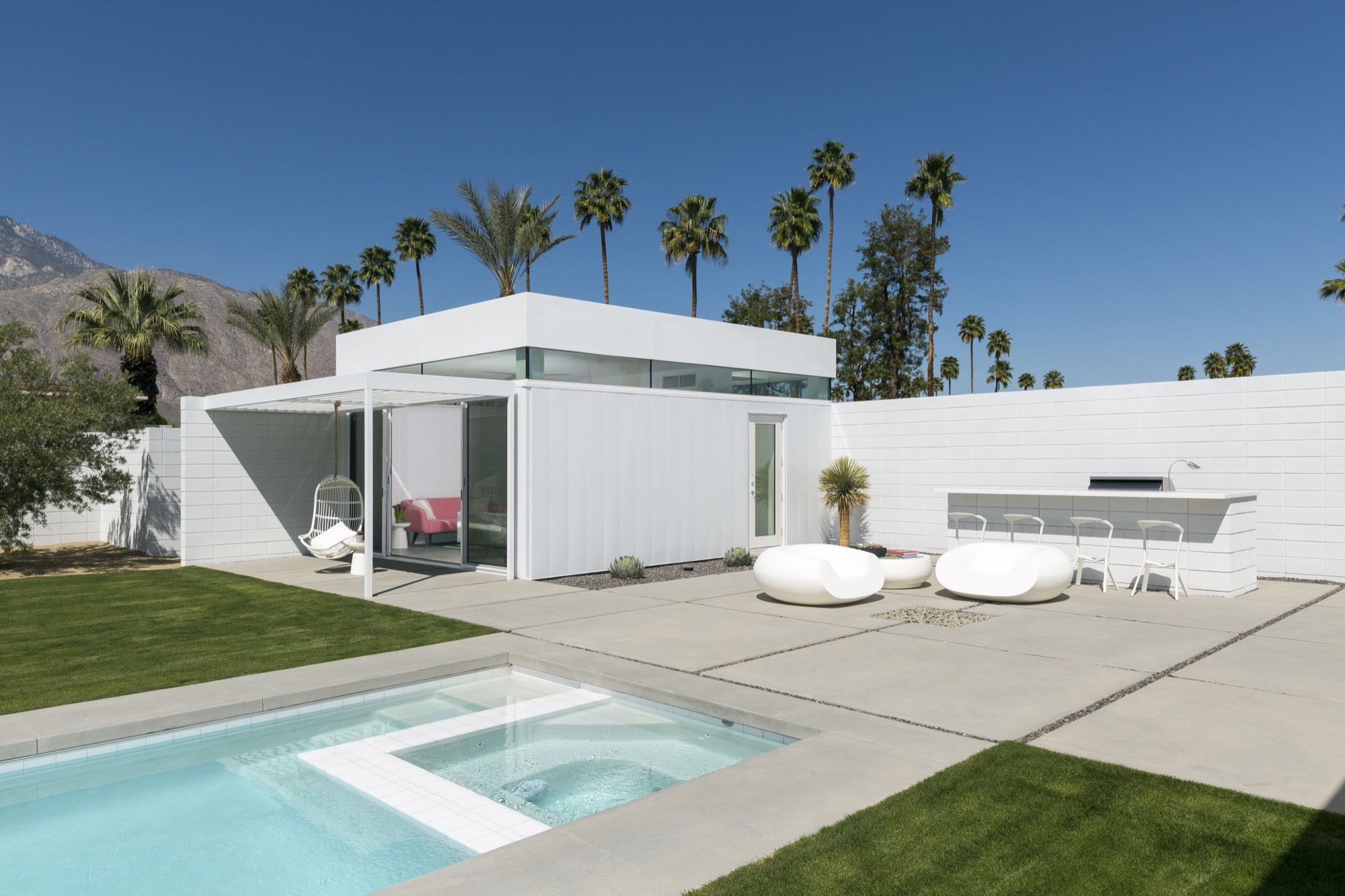A woven-wire Palm Springs architects screen is a sophisticated design element that adds beauty and functional value to both interior and exterior projects. They are easily customizable to the exact specifications of each application. With a little ingenuity, a talented design professional can craft one-of-a-kind works of art from an endless array of styles, configurations, weave patterns, sizes, materials and finishes. From eco-friendly and eclectic stainless steel to gorgeous copper finishes, these custom woven-wire screens can add an unexpected and exciting element to any residential or commercial setting.
Without question, architectural screens enhance the visual appeal of interior and exterior spaces. Depending on the design professional’s vision, the screen can add a cutting-edge modern feel to a space or it can complement the timeless appeal of more traditional design styles. However, an architectural screen isn’t just another pretty face in the design arena. In fact, it can incorporate many additional layers of functional value into the final design, as well.
Here are 4 Great Functional Uses for an Architectural Screen:
1. Provide Sun Protection. The weave of the wire mesh can be customized for each architectural screen. Therefore, selecting a mesh with a tight weave pattern or a highly reflective aspect can dramatically cut down on sun glare and reduce the ambient temperature of the covered area. For interior applications, this adds an environmentally friendly twist by reducing cooling costs. Exterior applications, such as covered walkways, gathering places and dining areas, are sure to offer a welcoming refuge from the hot summer sun in warm climates.
2. Improve Acoustics and Reduce Unwanted Noise. An architectural screen can be designed to either enhance the sound quality in a confined space or reduce the impact of unwanted sounds from the surrounding environment. Concert venues, recording studios and lecture halls can all benefit from improved acoustic design, while employees in any setting will appreciate lower levels of unwanted noise in their work environment.
3. Block Unsightly Views. Unfortunately, many of the systems required for the conveniences of modern-day living are unsightly. For example, an air conditioning system greatly enhances the quality of life for inhabitants, but it lends nothing to the visual appeal of a structure’s exterior. A well-designed architectural screen will not only add an element of beauty and interest to the space, it can also eliminate the unwanted view and mitigate the noise created by the unit.
4. Increase Privacy. Space and privacy are premium commodities in many urban settings. Tight living quarters and around-the-clock activity in the surrounding areas can cause inhabitants to feel as if they are on constant display. An architectural screen is a great solution for this type of application because it can be customized to provide as little or as much privacy as needed. In addition, the weave pattern and reflective plane of each screen can be designed to allow for greater visibility from one side, which allows for clearer views from the inside, while limiting the view in from the outside.
Clearly, architectural screens allow architects and designers to incorporate show-stopping visual appeal and enhanced functionality into their design projects. In fact, the opportunities are nearly endless.

